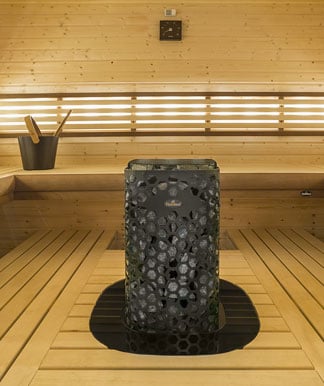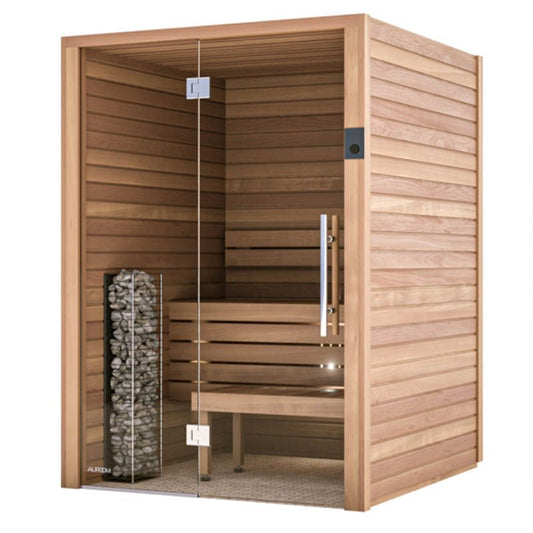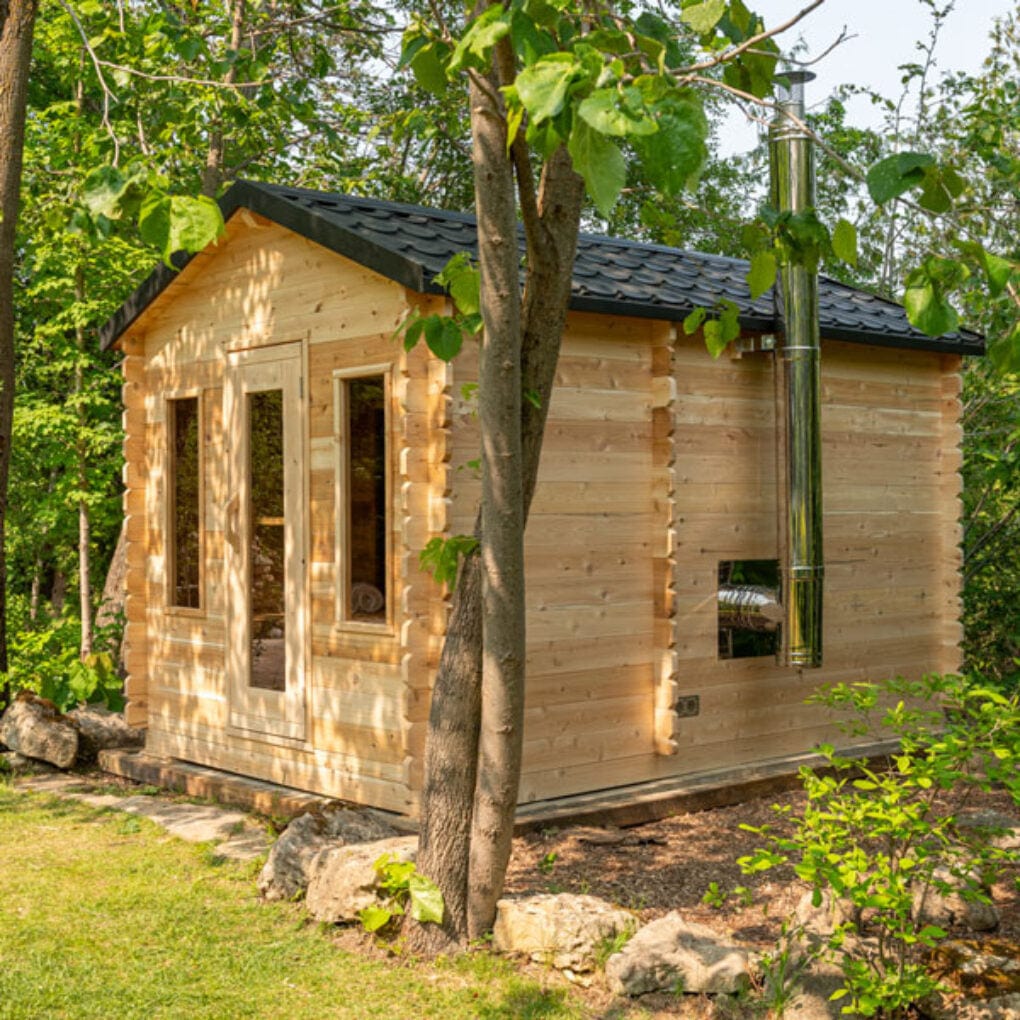See This Report about Traditional Sauna
Table of ContentsThe Best Guide To Traditional SaunaNot known Incorrect Statements About Traditional Sauna Traditional Sauna Fundamentals ExplainedTraditional Sauna Fundamentals ExplainedThe Definitive Guide for Traditional Sauna
Most of the weight lost in a sauna is water loss and is re-gained upon rehydrating. Without a doubt sauna can be an important part of a healthy weight loss program. To look at the distinctions between standard and IR saunas, I will divide these right into proven, theoretical, and fabricated distinctions.Hence, the best point in the saunawhich goes to the ceiling straight over the sauna heateris usually between 185 and 190 F. Claims that a conventional sauna exceeds 200 F is just not true and not relevant for electric saunas offered in the US. The temperature for a far-infrared sauna is generally set in between 120 and 140 F; nevertheless, unlike the traditional sauna, the goal in and IR space is not to achieve a high temperature level.

When a typical sauna has been appropriately warmed, the sauna wall surfaces are warm, the air temperature has attained established temperature level and the rocks are extremely warmed. As an intriguing side note, the warmed wall surfaces and the rocks are producing far-infrared heat, integrated with the heated air, to create an "wrapping up heat".
The Traditional Sauna PDFs
When the high temperature is achieved, the aspects cycle on and off to keep the heat. A lot of conventional sauna individuals delight in putting water over the rocks to produce steam to increase sauna moisture degrees. The advantages of pouring water over the rocks consist of: making the area more comfortable, moistening the nasal flows, and allowing the use of aromatherapy by mixing vital oils with the water.

When the energy gets in the body, it creates the body temperature level to boost and eventually results in perspiration. In an infrared sauna it's essential for the emitters/heaters to remain on practically continuously. Considering that there is no mass of rocks to maintain heat, the sauna will certainly cool if the emitters turned off.
Getting My Traditional Sauna To Work
As discussed over, the sauna bather in an infrared space intends to position himself in front of running emitters to get optimal take advantage of the warm. The heating time for the 2 rooms can site link be really different, depending on just how the rooms are made use of. For a standard sauna, a bather should allow 30-40 minutes for the area to accomplish a desired temperature level and to correctly pre-heat the rocks.

A well built sauna will typically accomplish a temperature of 150-160 F in concerning 30-40 mins. For hotter temperatures, this post the space may need to warmth for a longer period.
To some, 15 minutes was "wasted" while the infrared power heated the wood panels instead of heating up a body, while others find a pre-heated space to be much more comfy and believe a raised beginning temperature level is essential to begin sweating. The length of suggested use for each space is about the exact same (10-15 minutes per session); nonetheless, because of the lower air temperatures and the capacity to feel the results of infrared warmth quicker than a standard sauna, it is not uncommon for an individual to invest a total amount of 20-30 minutes in an infrared sauna.
Rumored Buzz on Traditional Sauna

The typical cost per kWH of electrical energy in the U.S. is approximately $0.11, so a 4.5 kW heater will certainly set you back around $.50 to run for one hour, if the heater runs continuously for one hour. Generally a sauna heating unit will certainly run for 75% of the very first hour and 50% of succeeding hours on since from this source the elements cycle once the set temperature is attained.
A two person far-infrared area is normally literally smaller than a traditional sauna, typically regarding 4' x 4' or smaller sized. The IR heater is typically 1.5-1.7 kW making use of a 120 volt 15 amp plug-in solution. Considering that the area can be made use of quicker than a sauna room, we will certainly think the area is used for to of an hour including warm up time.
There is a hardly ever discussed difference in the social experience in between the 2 areas. While our culture has actually shed a few of the social advantage of the typical sauna experience, it can be extremely socially gratifying (Traditional Sauna). From family time in the sauna, to heart-felt discussions with loved ones, to sauna partiesthe typical sauna experience can lead to intimate interacting socially
The 7-Second Trick For Traditional Sauna
A lot of higher end infrared spaces consist of colored light treatment, noise systems and full-glass fronts.
Comments on “The Greatest Guide To Traditional Sauna”